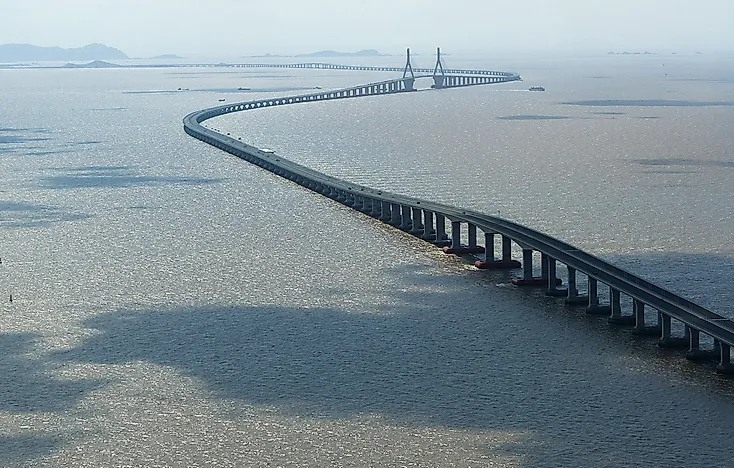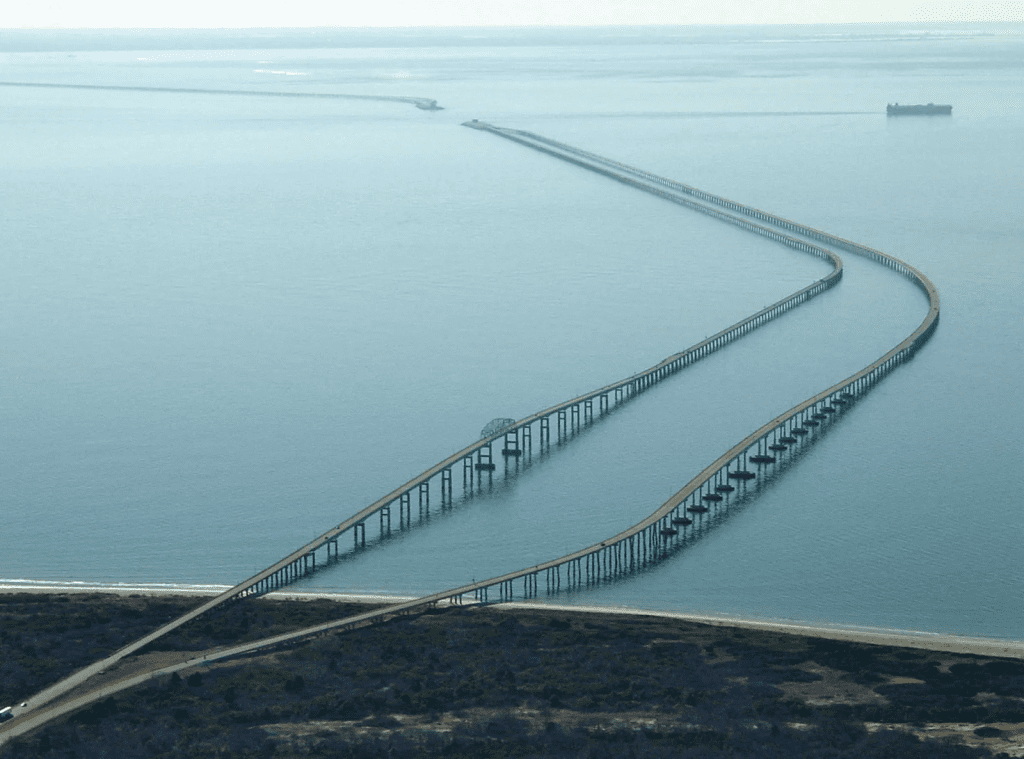When you look at a bridge, have you ever wondered why some seem to twist and curve instead of following a straight line? It seems logical to think that the shortest route between two points is a straight line, so why would engineers complicate things by designing curved bridges? The answer lies in practicality, safety, and the environment around the bridge. Let’s dive into the fascinating reasons why engineers choose this unique approach to bridge building.
The Importance of Bridge Design: A Balance Between Function and Environment

Bridges aren’t just structures that allow us to cross from one place to another; they’re marvels of engineering. Each bridge is meticulously designed to accommodate various factors, from the landscape it spans to the natural forces that could impact its longevity. One major factor that influences a bridge’s design is the risk of natural disasters, such as landslides.
When building a bridge in a landslide-prone area, engineers need to think ahead. If a bridge were built in a perfectly straight line, it might cut directly across unstable terrain. Curving the bridge, however, helps in navigating around potential hazards, preserving the stability of both the bridge and the land it connects.
Curved Bridges and the Fight Against Landslides
One of the most important reasons bridges are curved instead of straight is to protect them from landslides. But how does that work?
Landslides occur when large amounts of soil, rock, and debris move downhill, usually due to heavy rains, erosion, or seismic activity. A straight bridge would often be more vulnerable to landslides because it may intersect with slopes directly, creating weak points. Curved bridges, on the other hand, can be positioned to avoid areas where landslides are most likely to occur, strategically minimizing risk. By curving the bridge, engineers can guide the structure around unstable terrain, making it more resilient to these forces of nature.
Maximizing Structural Integrity with Curved Bridges
Besides helping avoid landslide zones, curved bridges are designed to be more structurally sound. Here’s why:
- Load Distribution: Curved bridges distribute weight differently compared to straight bridges. The arc of a curved bridge can help evenly spread the weight across the structure, reducing pressure on any one point. This increases the bridge’s durability and helps it withstand heavy loads like traffic, which is essential for long-term use.
- Improved Stability: With a curved design, engineers can optimize the bridge’s foundation. By anchoring parts of the bridge in more stable ground and adjusting the curve, they create a foundation that resists external forces more effectively, like strong winds or shifting soil.
- Flexibility with Natural Terrain: Instead of cutting through hillsides or valleys, a curved bridge can adapt to the natural topography. This adaptation not only avoids extensive excavation but also helps prevent future erosion issues, keeping the surrounding environment intact.
Environmental Considerations in Bridge Design
Building a bridge isn’t just about making a strong structure; it’s also about respecting the environment it’s placed in. Straight bridges often require significant alteration of the natural landscape. A curved bridge, on the other hand, can be more flexible with the land it spans.

- Minimizing Environmental Impact: By following the natural curve of the terrain, bridges can minimize disruption to the ecosystem. Wildlife, vegetation, and waterways are less likely to be disturbed when the bridge conforms to the land rather than altering it.
- Aesthetic Appeal: While not a primary concern, the visual appeal of a bridge is often considered in its design. Curved bridges tend to blend in better with the landscape, appearing less intrusive. This design approach makes them more visually pleasing, which can be a significant factor in areas with tourism or cultural significance.
Curved Bridges Enhance Safety and Visibility
There’s another practical reason why curved bridges are preferred: safety. Drivers may experience better visibility on curved bridges compared to long, straight stretches of road. With curves, drivers are naturally more alert, and the bridge itself can include elements like gentle slopes or turns that encourage slower speeds. This design can reduce the risk of accidents, particularly in areas where weather conditions might affect driving visibility, such as fog or rain.
Material Efficiency in Curved Bridge Construction
A lesser-known advantage of curved bridge designs is that they can actually save on materials. Here’s how:

- Efficient Use of Supports: Curved bridges can often use fewer supports than a straight bridge would require over the same distance. With carefully calculated arcs, engineers can position supports strategically, reducing the amount of material needed and ultimately lowering costs.
- Durable Construction: By optimizing the curve, engineers can reduce stress on specific points, resulting in less wear and tear over time. The bridge’s lifespan is extended, and maintenance costs are lower compared to a straight bridge that might require frequent repairs.
Conclusion: Why Curved Bridges Make Sense
Curved bridges aren’t just beautiful; they’re strategic. By curving bridges, engineers can avoid dangerous areas, create a more durable structure, respect the environment, and improve safety. The next time you see a bridge that doesn’t go in a straight line, you’ll understand the genius behind its design. Every curve, angle, and twist has a purpose, and each one contributes to a safer, more efficient, and aesthetically pleasing crossing. These bridges are a testament to the creative solutions engineers use to overcome the challenges of the natural world.


